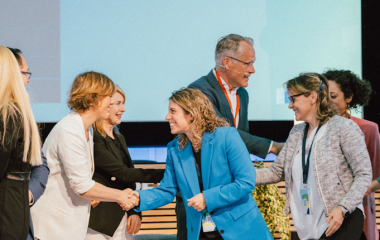
Photo: Zelena-akcija.hr
Croatia is using only a fraction of EUR 531,8 million worth EU financing package allocated for energy efficiency and renewable energy projects in this country.
The total value of tenders announced by the end of 2016. makes for less than 9 percent of the finances provided by the Operational Programme for Cohesion Policy Funding 2014-2020. At the same time the value of contracts signed is only about 2 percent.
Those are the findings of the study named “Use of European structural and investment funds for financing energy efficiency and renewable energy projects”, which was presented by the experts’ association Society for Sustainable Development Design (DOOR) and the NGO Green action.
According to the study, using all the funds with a 40% co-financing rate would enable the installation of solar heating systems with capacity of 100 MW and cogeneration plants of about 130 MW fueled by biomass. This would double the existing capacities of those systems.
By using the funds allocated for energy efficiency projects, Croatia would make big energy savings. By 2020 there would be 10.451 households moving to a higher energy class.
Annual consumption of primary energy would decrease by 55.100 GWh in public buildings and by 167 GWh in the residential sector. Centralized heating systems would save 1 PJ (petajoule) and public lighting would spend 6 percent of energy.
The study underlies the necessity of improving the cooperation between competent bodies and end users, establishing a system for tracking project milestones and discussing the aims and expected results of investment projects with the public.
In the long term, it is necessary to devise a development strategy until 2050, identify priorities for the funding period 2021-2027 and come up with projects that could be funded from European structural and investment funds.


















Be the first one to comment on this article.